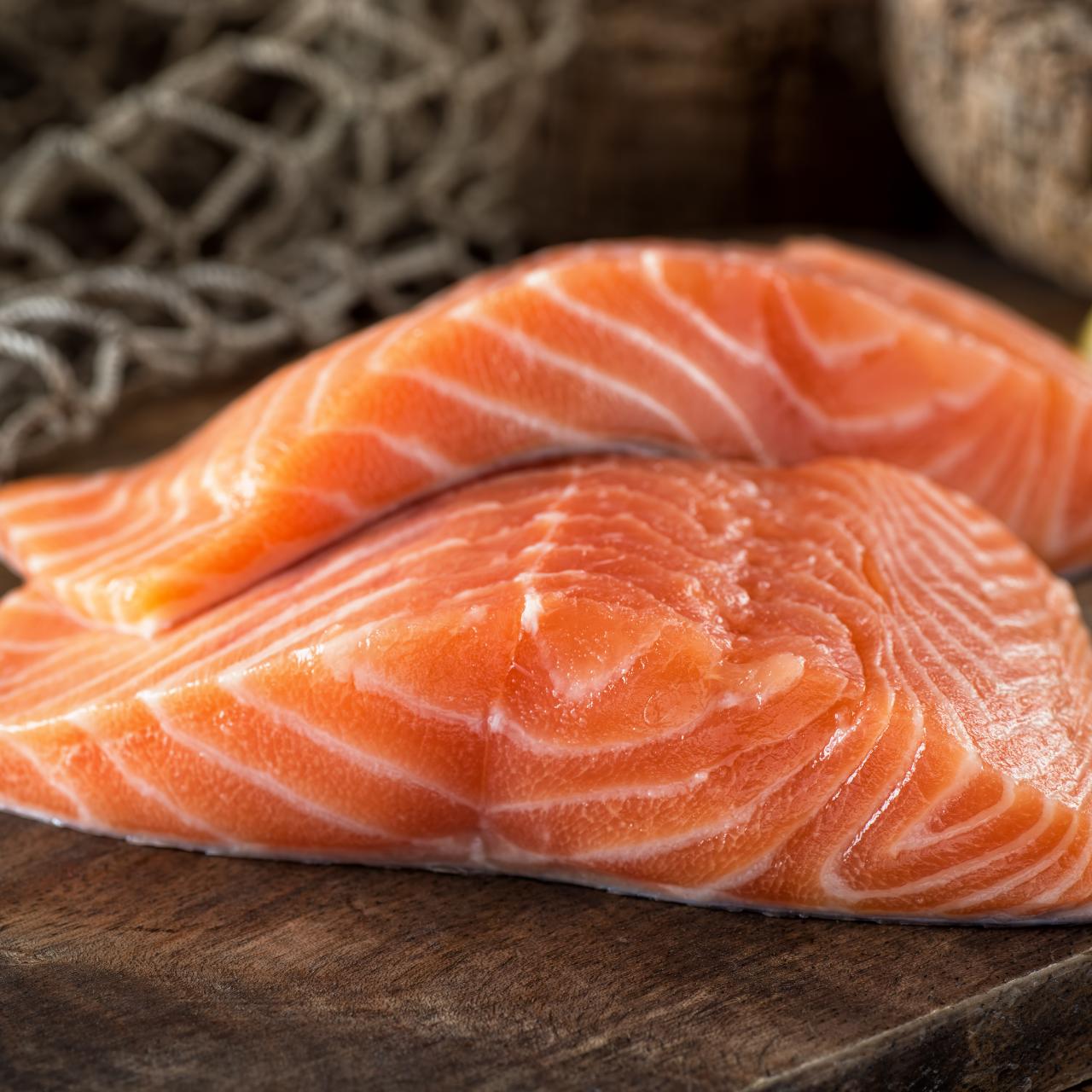Keeping it Fresh: How to Identify Spoiled Salmon
Salmon is a delicious and nutritious fish prized for its rich flavor and versatility in the kitchen. However, like any perishable food, salmon can spoil if not handled and stored properly. Consuming spoiled salmon can lead to foodborne illness, causing unpleasant symptoms like nausea, vomiting, and stomach cramps. This article equips you with the knowledge to identify spoiled salmon, ensuring a safe and enjoyable culinary experience.
Understanding the Spoilage Process in Salmon
Salmon, like other fish, starts to decompose as soon as it’s caught. Bacteria naturally present on the fish multiply rapidly, breaking down the flesh and causing spoilage. Here’s a breakdown of the signs that indicate your salmon might be past its prime:
- Sight: Fresh salmon boasts a vibrant pink or orange color, depending on the variety. Spoiled salmon will display a dulling or graying of the flesh. Look for any discoloration or the presence of off-putting blemishes or mold spots.
- Smell: Fresh salmon has a mild, slightly sweet ocean aroma. Spoiled salmon develops a strong, fishy odor that’s unpleasant and ammonia-like. Trust your nose; if the smell makes you recoil, it’s best to discard the fish.
- Texture: Fresh salmon should be firm to the touch and spring back slightly when pressed gently with your finger. Spoiled salmon will have a soft, mushy texture and may leave an indentation when pressed.
- Slimy Residue: A slimy or sticky film on the salmon’s surface is a red flag. Fresh salmon should have a slightly moist but not slimy texture.
Remember: These signs can appear gradually. If you’re unsure about the salmon’s freshness, it’s always better to err on the side of caution and discard it.
Fresh vs. Frozen: Understanding Shelf Life
The shelf life of salmon depends on whether it’s fresh or frozen:
- Fresh Salmon: Fresh salmon should be used within 1-2 days of purchase. If you plan to use it later, store it tightly wrapped in the refrigerator for up to 3 days.
- Frozen Salmon: Frozen salmon generally retains its quality for 6-8 months at 0°F (-18°C) or below. Once thawed, treat it like fresh salmon and use it within 1-2 days.
Thawing Tips: Always thaw frozen salmon in the refrigerator under cold running water or submerged in a sealed bag. Never thaw salmon at room temperature, as this creates a breeding ground for bacteria.
Safe Storage Practices for Salmon
Proper storage is key to maintaining the freshness of your salmon. Here are some essential practices:
- Refrigerate Immediately: As soon as you get home from the store, place the salmon in the coldest part of your refrigerator, ideally on a lower shelf where it won’t drip onto other foods.
- Keep it Wrapped Tightly: Store salmon in its original packaging or wrap it tightly in plastic wrap or aluminum foil to prevent air exposure and contamination from other foods.
- Frozen Storage: If you plan to freeze salmon, remove any store packaging and wrap it tightly in freezer paper or place it in a sealed, freezer-safe bag to prevent freezer burn.
By following these storage practices, you can maximize the shelf life of your salmon and minimize the risk of spoilage.
Beyond the Basics: Additional Tips for Salmon Safety
Here are some additional pointers for safe handling of salmon:
- Cleanliness is Key: Wash your hands thoroughly with warm, soapy water before and after handling salmon to prevent cross-contamination.
- Disinfect Surfaces: Clean and disinfect any surfaces or utensils that come into contact with raw salmon to prevent the spread of bacteria.
- Cook Thoroughly: Always cook salmon to an internal temperature of 145°F (63°C) as measured with a food thermometer. This ensures the destruction of any harmful bacteria that might be present.
- Leftovers: Leftover cooked salmon should be stored in an airtight container in the refrigerator and consumed within 2-3 days.
Following these simple guidelines ensures you’re enjoying salmon safely and deliciously.
When in Doubt, Throw it Out!
If you’re unsure about the freshness of your salmon, even after considering the signs of spoilage, it’s always best to err on the side of caution and discard it. Foodborne illness is not worth the risk.
Here are some additional resources for safe food handling:
- The United States Department of Agriculture (USDA): https://www.fsis.usda.gov/
- The Centers for Disease Control and Prevention.






More Stories
Where to Watch USMNT vs Jamaica National Football Team
How I Met My Monster
How Should a Ring Fit